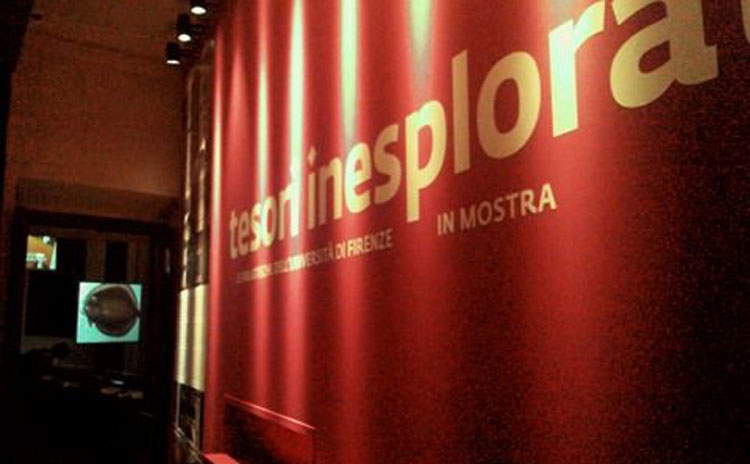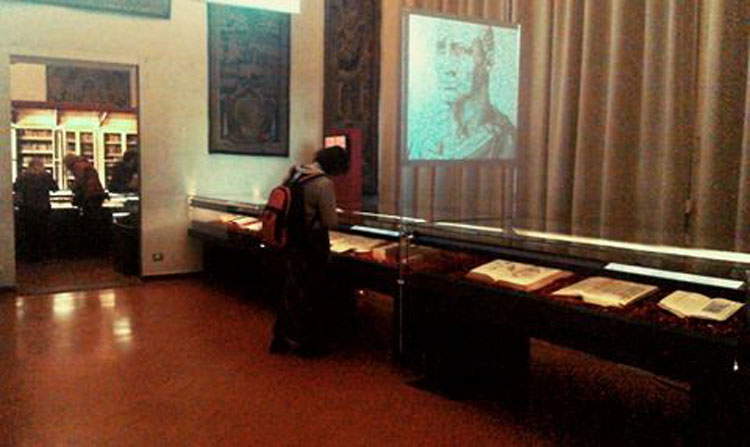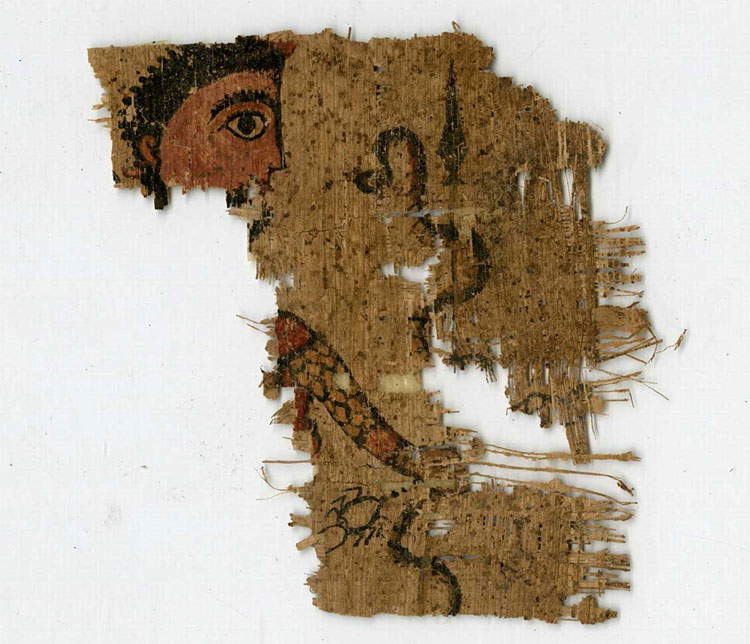The exhibition, which is being held at the Biblioteca Medicea Laurenziana until next June 23, aims to give visibility to the vast and extremely valuable book and documentary heritage, preserved at the various sites of the Libraries of the University of Florence and numbering some four million volumes.
The exhibition finds its place within an equally prestigious library, the Laurentian Library, which bears the illustrious signatures of Michelangelo Buonarroti, Giorgio Vasari and Bartolomeo Ammannati. The entrance to the exhibition, therefore, is at least fascinating: the obligatory path, in fact, leads the visitor first through the vestibule, then along the vast reading room. One then enters the exhibition spaces, divided into the thematic areas, which reflect the main disciplinary sections, to which the documents on display bear witness: The Human Body and Its Care, The Natural Sciences, At the Origins of Law, The Applied Sciences, and The Humanities.
 |
| The exhibition Undiscovered Treasures |
 |
| Volumes in the exhibition |
The first room, dedicated to the first two sections, is particularly evocative and engaging, even from a sensory point of view. The display cases containing the volumes and clearly arranged along the walls of the room to direct the visitor to the continuation of the exhibition, are accompanied by screens that give, rightly, visibility to the implementation of important digitization projects, carried out by the University Library System. This is complemented by pleasant background music. All rooms, like the first one, are equipped with tools useful for understanding what is on display and the purpose of the exhibition. Screens and interactive panels, allow viewing images of the documents not on display, additional information to the captions of the works and, most importantly, the patiently digitized volumes and documents.
The tour continues, then, with the room dedicated to the history of law, whose milestones are retraced through a selection of documents from the Lawyers’ College Fund, which contains more than 12,000 volumes, and with the Applied Sciences section, which aims to display the most significant pieces of the library holdings of the Library of Technological Sciences, in which the holdings of the Schools of Agriculture, Architecture and Engineering are included.
The section devoted to the Humanities Library needs special attention: it is itself divided into subsections, among which is the one devoted to Florence, the Mediterranean and the East, which displays precious papyri and is accompanied by a tapestry depicting the meeting of Western Florentine and Eastern customs. This further fragmentation is indeed effective in giving a clear picture of the immense heritage of the Humanities, estimated at over 1,600,000 volumes. The Library, with its sixty book and archival collections, 35,700 ancient editions, manuscripts and maps, is the repository of a cultural memory of immense value and therefore deserves exhibitions, such as the present one described here, that highlight its precious contents.
![Histoire naturelle des iles Canaries, vol. 2.2, Ichthyologie tav. [3] Histoire naturelle des iles Canaries, vol. 2.2, Ichthyologie tav. [3]](https://cdn.finestresullarte.info/rivista/immagini/2017/684/histoire-naturelle-des-iles-canaries.jpg) |
| Philip Barker Webb, Histoire naturelle des iles Canaries, vol. 2.2, Ichthyologie tav. [3] (1836-1850) |
 |
| Papyrus fragment with apotropaic deities (2nd century AD; Florence, Istituto Papirologico “G. Vitelli,” PSI inv. 2557) |
In this regard, the digital exhibition that accompanies that of the Laurentian Library is noteworthy. In fact, the online site of the University Library System, makes available a wealth of documentary material in digital format, accompanied by interesting descriptive cards, providing interested parties and anyone who wants to make use of it, a useful tool to delve deeper into the issues addressed and make even more visible an initiative worthy of having a wide audience, so that our library heritage, is no longer unexplored, but is known, appreciated and protected, as a precious treasure.
Warning: the translation into English of the original Italian article was created using automatic tools. We undertake to review all articles, but we do not guarantee the total absence of inaccuracies in the translation due to the program. You can find the original by clicking on the ITA button. If you find any mistake,please contact us.